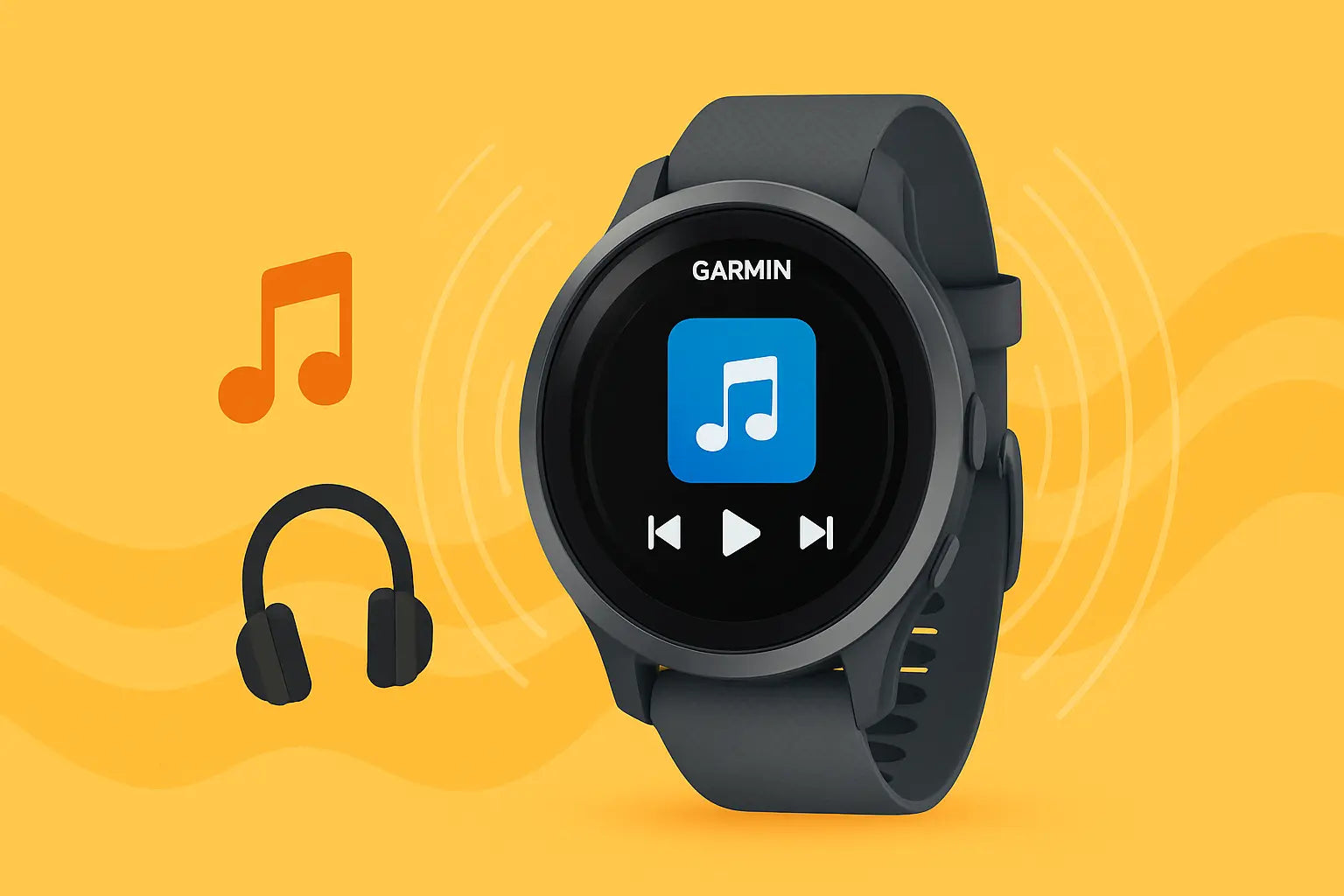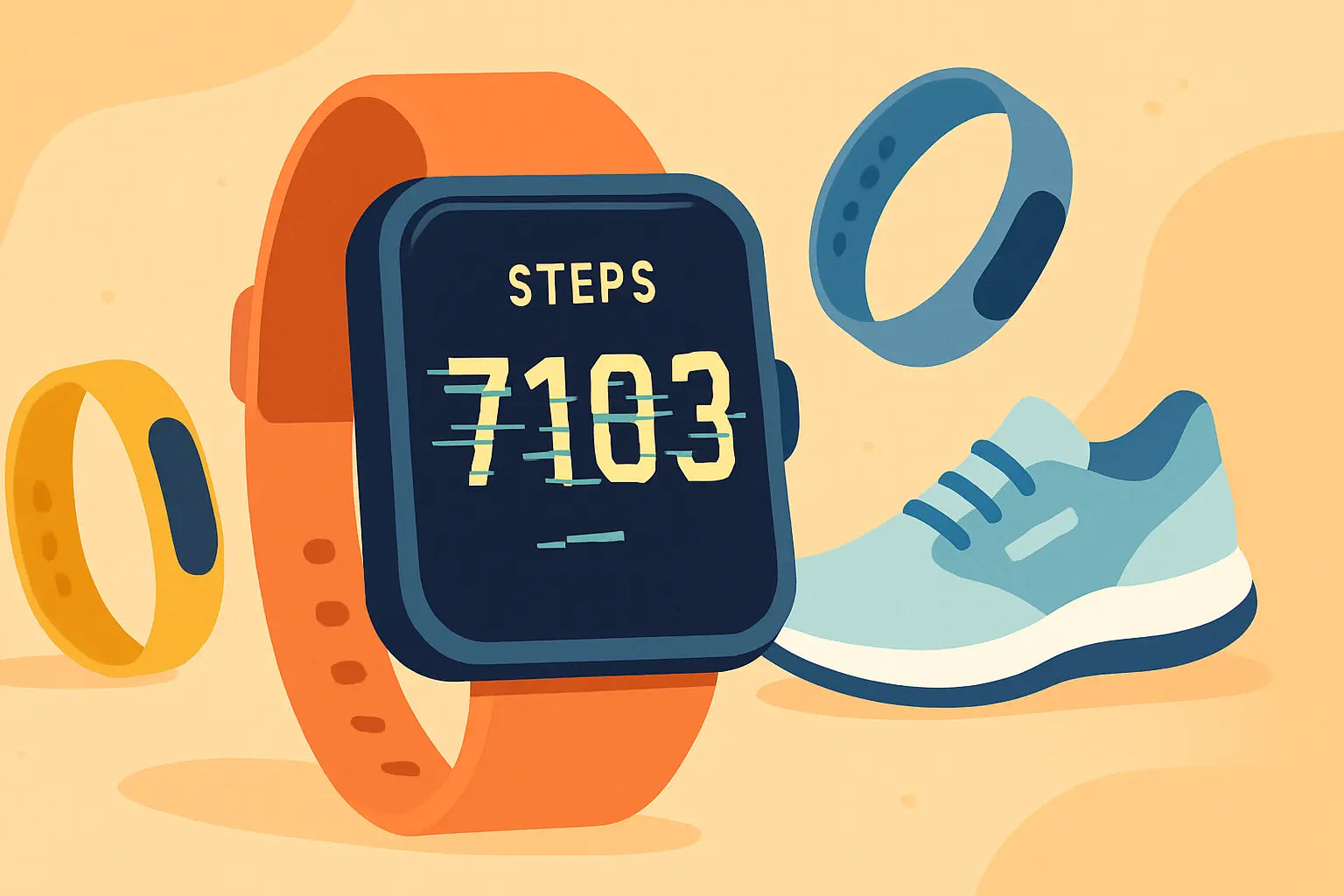Use a soft, lint-free cloth lightly dampened with fresh water, power the watch off, remove the band, wipe the case and sensors, then dry thoroughly. Use 70 percent isopropyl alcohol only on glass or ceramic, not on leather or fabric. Avoid soaps, compressed air, and heat, and keep ports dry before charging.
How should I clean my smartwatch?
Power down, detach, and prepare
Turn the watch off and remove it from the charger. Detach the strap so you can reach the lugs, sensors, and crevices. Work on a clean towel to catch drips and protect the screen.
Use the right fluids and cloths
Dampen a microfiber cloth with clean tap water, then wring it almost dry. For UK hard-water areas, finish with a distilled water wipe to avoid limescale film. Keep a dry microfiber ready to remove residual moisture immediately.
Clean the case, screen, and sensors
Wipe the display and case in straight lines with gentle pressure. Use a lightly moistened cotton bud around the crown, buttons, and mic holes, avoiding any force. Polish the heart-rate sensors until fully clear to maintain optical accuracy.
Disinfect safely when needed
For glass or ceramic surfaces, use a 70 percent isopropyl alcohol wipe for 15 to 30 seconds. Do not saturate seams or ports, and never use bleach or hydrogen peroxide. Avoid alcohol on leather, fabric, or coated rubber, which can dry or crack materials.
Rinse after workouts, sea, or pools
Sweat and salt crystals can abrade coatings and sensor windows. If your watch is water resistant, briefly rinse the case under light, lukewarm water for 10 to 20 seconds. Pat dry immediately and air dry before refitting the strap.
Is it safe to clean smartwatch with soap?
Soap chemistry and coatings
Household soaps have a typical pH of 9 to 10 and may strip oleophobic coatings. Residues can also trap grit that scratches glass over time. Mild, fragrance-free hand wash is safer on silicone straps than on the watch body.
When soap is acceptable
Use a single drop of mild, nonabrasive soap only on removable silicone or fluoroelastomer bands, then rinse thoroughly. Never allow soapy water into the watch case or seams. Wipe the device body with water only, then dry fully.
Model-specific notes for popular watches
Apple Watch 11 care
The Apple Watch 11 is designed for everyday wear with dust resistance and water resistance suitable for shallow-water activities. Treat it as water resistant, not waterproof, and avoid high-velocity water. Check your model details in Settings - General - About for exact ratings.
Samsung Galaxy Watch 8 and 9 care
Galaxy Watch 8 and Galaxy Watch 9 typically carry IP68 and 5 ATM ratings with MIL-STD-810H durability. IP68 covers up to 1.5 meters for 30 minutes under controlled conditions. 5 ATM supports pool swimming, but not scuba, hot tubs, or high-velocity jets.
Strap hygiene and skin safety
Why clean bands routinely
Straps accumulate sweat salts, skin oils, and cosmetics that can irritate skin and dull finishes. In UK gyms, weekly cleaning reduces dermatitis risk and keeps sensors accurate. Rotate bands to let each fully dry between uses.
Leather, fabric, metal, and silicone
Leather prefers a barely damp cloth, then air drying away from heat. Fabric and nylon bands benefit from a short hand wash with mild soap, followed by a thorough rinse. Stainless steel and titanium bands can be wiped with water, then dried to prevent mineral spotting.
When to replace a strap
Cracking, fraying, or stretched holes compromise security. If the clasp or spring bars wobble, replace the band promptly. Consider high-quality replacements to maintain comfort and hygiene.
If yours is worn, explore Apple Watch straps and matching Apple Watch accessories to refresh both fit and feel.
Cleaning methods by part and material
| Part | Material | Typical rating | Use | Avoid | Dry time |
|---|---|---|---|---|---|
| Screen | Glass or ceramic | IP6X, 5 ATM | Damp microfiber, 70 percent IPA | Bleach, abrasives, paper towels | 1 to 2 minutes |
| Case | Aluminum, steel, titanium | IP68, 5 ATM | Water wipe, distilled rinse | Soap into seams, jets | 3 to 5 minutes |
| Sensors | Sapphire or glass | N/A | Damp cloth, gentle polish | Solvents, toothpaste | 1 to 2 minutes |
| Mic and speaker | Acoustic mesh | IP68 | Light wipe, air dry | Compressed air, poking | 30 to 60 minutes |
| Silicone band | Fluoroelastomer | N/A | Mild soap, full rinse | Alcohol daily, heat | 10 to 20 minutes |
| Leather band | Coated leather | N/A | Barely damp wipe | Soaking, detergents | 2 to 4 hours |
Drying, charging, and moisture myths
Dry thoroughly before charging
Moisture on the back crystal or in the charging area can trigger connection issues. Wait until the watch is completely dry before placing it on the puck. Trapped humidity may fog the sensor window and degrade accuracy temporarily.
No heat, no compressed air
Hairdryers, radiators, and car vents can warp seals and adhesives. Compressed air can force moisture deeper into mesh and gaskets. Let the device air dry at room temperature for at least 30 to 60 minutes if it was rinsed.
Rice vs silica gel
Rice removes little moisture and leaves dust. Silica gel desiccant packs absorb more effectively by surface area chemistry. If a watch is splashed, 12 to 24 hours in a ventilated, dry place is usually sufficient.
Frequency and routines
Daily and weekly care
Daily, wipe sweat and sunscreen after workouts to protect coatings. Weekly, perform a gentle rinse and sensor polish to preserve heart-rate accuracy. After sea or pool exposure, rinse immediately to remove salt or chlorine ions.
- Power off first
- Remove the band
- Wipe with water
- Polish sensors
- Air dry fully
What to avoid to prevent damage
Chemicals and tools that harm watches
Solvents like acetone, DEET insect repellent, and benzene attack plastics and coatings. Abrasive powders and paper towels can micro-scratch glass. High-pressure taps or jets exceed test conditions and defeat seals.
- Bleach or hydrogen peroxide
- Toothpaste or scrub pads
- Compressed air
- High-pressure jets
- Heat sources
Data that supports proper cleaning
Ratings and standards context
IP68 tests are performed with fresh water under controlled depth and time, not soap or seawater. 5 ATM corresponds to static pressure at 50 meters, not dynamic jets. ISO 22810 covers water resistance for watches under defined conditions that exclude hot water and chemicals.
Sensor performance and cleanliness
Optical heart-rate sensors rely on clear windows for low-noise readings. A thin film of oil or sunblock can increase error and delay lock-on by several seconds. Regular cleaning improves SpO2 and HR tracking stability during intervals.
FAQs
Can I use alcohol wipes on everything?
Use 70 percent isopropyl alcohol on glass and ceramic surfaces only. Avoid alcohol on leather, fabric, and some rubberized coatings to prevent drying or discoloration.
How often should I deep clean?
Weekly is a good baseline for everyday wear. After intense workouts, seawater, or chlorinated pools, rinse and dry the same day.
What if my speaker sounds muffled after rinsing?
Moisture may sit behind the acoustic mesh temporarily. Leave the watch speaker side down on a towel for 30 to 60 minutes to air dry.
Is ultrasonic cleaning safe for bands?
Avoid ultrasonic baths for leather or coated straps. Metal bracelets may tolerate ultrasonic cleaning, but remove all watch heads first and follow manufacturer guidance.
Will soap residue irritate skin?
Yes, residues can trap sweat and increase friction. Rinse bands thoroughly and dry fully, especially under the lugs and keepers.
What about UK hard-water limescale spots?
Finish with a distilled water wipe to prevent mineral spotting. If spots appear, lightly buff with a damp microfiber and dry immediately.
Conclusion
Power the watch off, remove the band, wipe the case and sensors with a barely damp microfiber, disinfect glass with 70 percent isopropyl alcohol if needed, then dry completely. Use soap only on removable silicone bands, never into the case. Avoid heat, jets, and compressed air to clean your smartwatch without damaging it.




Leave a comment
All comments are moderated before being published.
This site is protected by hCaptcha and the hCaptcha Privacy Policy and Terms of Service apply.